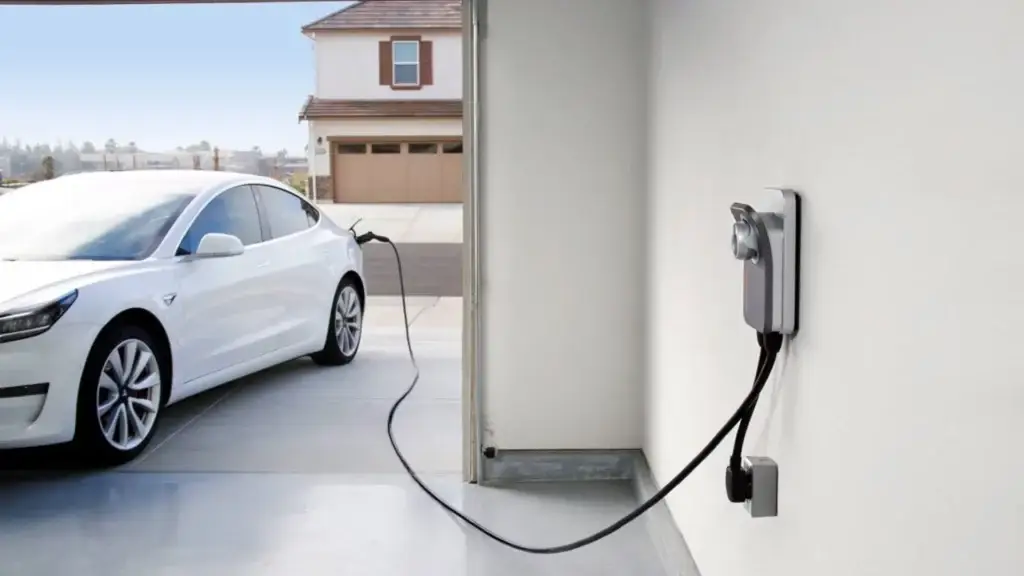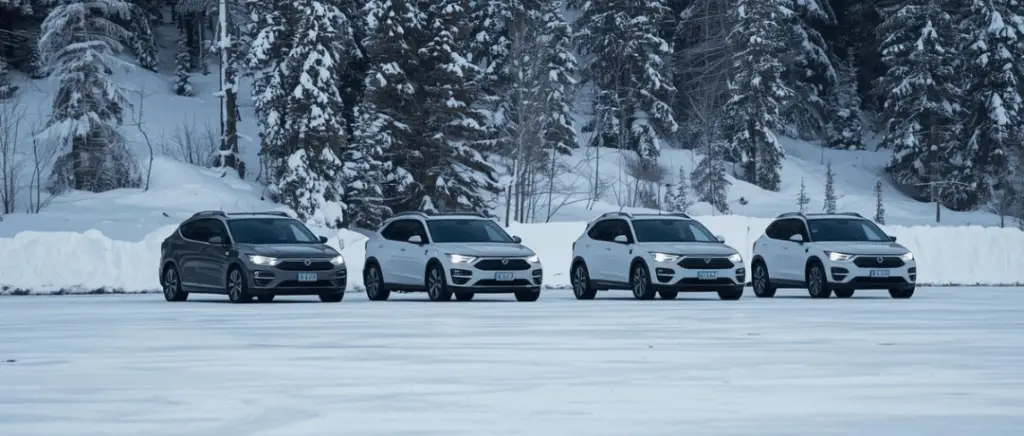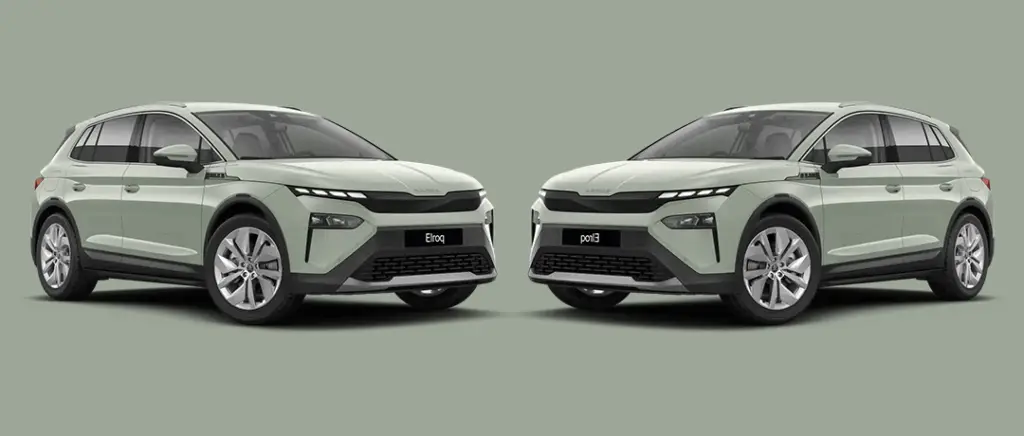Our experts answer your questions with a smile
Monday to Friday 9am - 12.30pm - 2pm - 7pm
How to drive your electric car
L'eco-driving is undoubtedly the most effective solution for reducing your energy expenditure and reduce your CO2 emissions by at least 5.5%. This will involve making small gestures during your drive that will help to the battery of your electric car. It's all about driving in a way that consumes less energy and respects the environment.
First of all, it should be noted that unlike a combustion engine car, electric cars consume less fuel in town.
This means that an electric vehicle model will retain its autonomy longer if it only or mainly makes journeys in an urban environment.
Read also : 6 tips to improve your electric car's range in winter
What's more, there are a number of tricks you can use to optimise your electric journeys for rational energy consumptionWe've listed the main ones below.
Choosing a fuel-efficient electric car
One criterion in choosing your electric car will be its degree of consumption.
Depending on the model of electric vehicle you choose, it will be more or less energy-intensive.
The most efficient electric car models, such as the Tesla Model S Long Range (19 kWh/100km on average), the Mercedes EQS or the Ford Mustang Mach-E are equipped withgreat autonomy and substantial battery power. As a result, they tend to consume much more fuel than entry-level electric cars, which are more fuel-efficient but have a slightly more limited range, as in the case of the Renault Zoe E-Tech or the Nissan Leaf.
Read also : ADEME: why opt for a lighter battery for your electric car?
Obviously, your choice will be based on driven by your needs in terms of electric vehicles and how you want to use them. For example, if you want an electric car to be used mainly for short-distance city journeysSo there's no need to go for a powerful electric SUV with a long range.
In this case, it's best to opt for a electric city car which will be more than sufficient for the use you want to make of it.
Here are some examples of electric city cars low consumption :
- the Fiat 500ewith an average fuel consumption of 13.2 kWh/100 km,
- the Dacia Springwith an average consumption of 13.9 kWh/100 km,
- the Peugeot e-208with an average fuel consumption of 14.9 kWh/100 km.
What's more, choosing an electric vehicle that matches your needs and the nature of your journeys will enable you to not wasting energy unnecessarily and thusoptimise your energy consumption.
Read also : Top 10 electric city cars
Favour smooth driving
Another tip relates to the way you approach the road, by favouring a environmentally-friendly driving.
It is therefore important to conduct flexiblewith the most fluidity possible.
Small gestures such as taking the reflex to take your foot off the accelerator and avoid getting too close to the vehicle in front of you, especially in traffic jams.
This will prevent you from braking too hard because you are too close to the car in front of you. It will also enable you to develop reflexes and to succeed in anticipating traffic.
What's more, when you drive an electric car, it's worth taking advantage of the regenerative brakingavailable on all electric models. This braking system, which is specific to electric vehicle models, ensures a high level of safety. brake energy recovery thus enabling reduce the energy consumption of your journeys by 10% to 25%.
Driving in moderation
Another important point to consider is your driving speed. The speed at which you drive will have a greater or lesser influence on your energy consumption.
So, if you opt to drive more measuredBy driving at 110 km/h instead of 130 km/h, for example, you will use less energy and therefore reduce your fuel consumption.
What's more, driving slower will help you to maintain the range of your electric vehicle. longerwhich will make it possible tospace out your refills and will therefore also benefit your energy consumption.
The ideal speed to maintain on the motorway will therefore be between100 km/h and 110 km/h for an electric vehicle, to maximise its range.
Discover several models of electric vehicles that can be delivered quickly!
Think about "eco" mode
Another tip is to encourage the use of "eco" mode of your electric car, present on almost all electric models. Its use will enable you tosave your battery, from reduce the energy consumed by the vehicle and you save up to 10% of its autonomy.
In fact, when the "eco" mode is activated, it will only distribute the amount of power and energy needed to produce the desired effect. required to ensure the smooth operation of the electric vehicle's various components, without any surplus, in order tolower overall energy consumption.
Read also:Carbon footprint: understand and act!
Managing the use of your electric car's equipment
It is also vital to ensure that the good management of the various facilities of your electric vehicle. When it comes to the air conditioning system, the most important thing is to know moderate its use. So it's important to monitor your use of air conditioning and heating, especially when it's not essential.
The air conditioning system and the rest of the equipment being particularly energy demanduse these in a sober and measured way will enable you to significantly reduce your energy consumption.
In fact, using the heating and air-conditioning systems of an electric car can alone account for up to 30% of the vehicle's total energy consumption.
In addition, to optimise your energy consumption on a daily basis, you could also consider using theself-consumption.
The recharging solution for your electric car
Investing in a home charging point
Instead of opting for the use of public pay stations, invest in a charging point at home will soon enable you to reduce your refuelling costs. Particularly if you prefer charging your electric car at off-peak times.
The acquisition of a charging point Directly at your home, as well as allowing you to recharge your vehicle as and when you need to, it will also save you money in the medium term.
What's more, a home charging point will allow you to monitor your energy consumption and optimise it.
Read also : Installing a home charging point
Reduce the frequency of recharging your electric car
Another option is to reduce the frequency of your recharging cycles as much as possiblewhich will enable you to limit wear and tear on the electric batteryAt the same time, you'll be saving energy and the associated costs.
So, by favouring a recharge of 20% to 80%If you have an electric car, you will need to recharge it every three days at the most, and this will apply to most models of electric car.
Choosing the right refill
Depending on the model of electric vehicle you have, you will also need toavoid charging too quickly in order tosave battery power as much as possible of your vehicle.
In fact, if your electric car supports a maximum power of 11 kW or 22 kW, as is the case for the Renault Twingo ZEit is therefore best to avoid recharging it on fast charging stations50 kW or more to make way for vehicles that can use such infrastructure.
In addition, recharging on a fast terminal will create a battery heating which could result in degradation in the long term. On the other hand, you should also avoid charging too slowly with long charging cycles, which will also lead to significant energy losses.
Finally, not recharging your battery fully every time is a good way of preserving it. In fact, if you need to, you can occasionally fully recharge your electric car up to 100%. However, this should be avoided so as not to damage the battery in the long run.
Similarly, it is not advisable to leave the battery at 0%, but rather to recharge your electric vehicle as soon as its battery drops to 10% or 15%. This will also optimise the recharge time, which is faster for a recharge from 10% to 80%, and at the same time reduce the energy consumption linked to your recharges, while optimising the longevity of your electric battery.
Read also : How can I save the battery in an electric car?
Applying these steps on a daily basis will enable you to control the energy consumed while recharging your electric vehicle, while at the same time limiting wear and tear on your electric battery.
Would you like to install a recharging point?
In conclusion
Controlling your driving is essential to optimise energy consumption and, at the same time, reduce energy consumption, reduce expenditure related to energy. For example, it is possible to deploy a eco-driving by adopting simple gestures in terms of driving and recharging your electric car.
Driving smoothly, reducing driving speed and reducing the use of technological equipment are all small steps that will help to reduce the energy consumption of your electric car.
What's more, acquiring a home charging point will give you greater control over your energy consumption, and so help you keep down your energy bills. It will therefore be an important asset, whether in terms of economic or ecological. In addition, choosing the right recharging method, while avoiding over-frequent recharging, will also be an effective way of reducing your energy consumption.
































